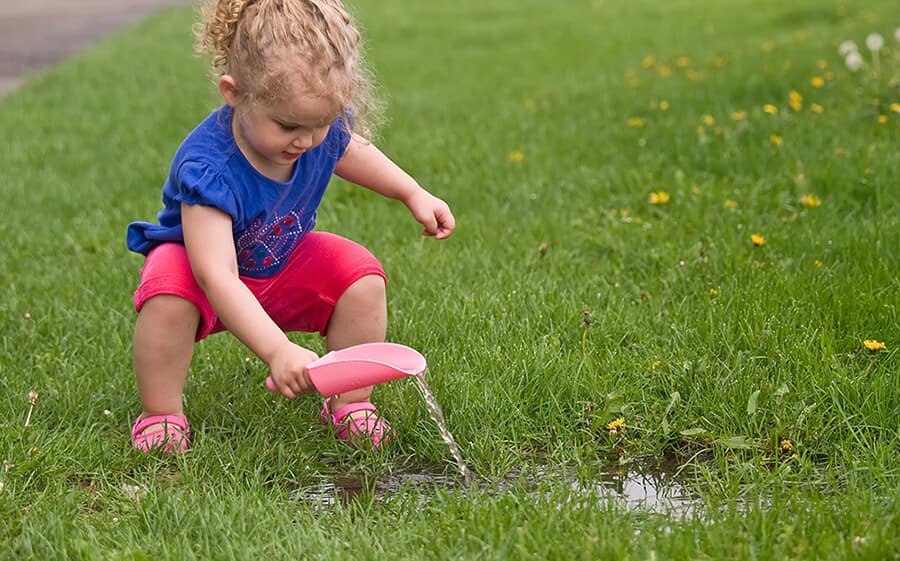What Causes Water Leaks? The Six Most Common Culprits in Homes
What Causes Water Leaks? The Six Most Common Culprits in Homes
Blog Article
They are making several good pointers related to Most Common Causes of Leaky Pipes as a whole in the content down the page.

Leakages not just cause waste of water however can additionally create unneeded damage to your residence and advertise unwanted organic growth. Water leakages could go undetected considering that most of the pipework in our residence is hidden. By recognizing and also looking for everyday scenarios that trigger leaks, you can shield your house from future leaks and unneeded damages. Today, we will take a look at six leak triggers that may be creating your pipelines to leak.
Instantaneous temperature adjustments.
Severe temperature adjustments in our pipes can trigger them to broaden and acquire all of a sudden. This growth and also contraction may create splits in the pipes, especially if the temperature are listed below cold.
Rusty water systems
As time goes by, your plumbing system ages and deterioration such as corrosion may begin gnawing the pipes. This may be the source of discoloration or warping on your pipes. This asks for an evaluation with your plumber immediately. If our plumbing system is old, think about changing the pipelines since they are at a greater threat of corrosion than the newer models.
Defective Pipe Joints
The point at which your pipes connect is often the weakest link in the waterline. Pipe joints can degrade gradually, causing water leakages. Regrettably, most of pipeline joints are not quickly noticeable. If you have noisy pipes that make ticking or banging noises, especially when the hot water is turned on, your pipe joints are probably under a great deal of stress. It is suggested to have your plumber evaluate your system annually.
Trespassing roots
Many water leaks begin outside your house instead of inside it. If you discover a sudden decrease in water stress, claim in your faucet, take some time to go out and also analyze your lawn. You could see damp patches or sinkholes in your yard, which may imply that tree roots are invading water lines triggering water to seep out. You can have your plumber look for invasion, particularly if you have trees or shrubs near your building.
Poor Water Connectors
At times, a leakage can be triggered by loosened hose pipes as well as pipes that supply your devices. In situation of a water links leak, you might see water running straight from the supply line or pools around your home appliances.
Obstructed Drains
Clogged drains pipes could be bothersome and also inconveniencing, but they can often wind up causing an overflow bring about burst pipes. Maintain removing any type of products that might go down your drains pipes that can clog them to prevent such aggravations.
All the above are causes of leakages however not all water leakages result from plumbing leaks; some leaks may originate from roof leaks. All leaks must be fixed instantly to prevent water damages.
Leakages not just create waste of water but can likewise trigger unneeded damages to your residence and promote unwanted organic growth. By recognizing and also looking for everyday circumstances that trigger leakages, you can shield your home from future leaks and unnecessary damage. Today, we will look at six leak creates that may be triggering your pipes to drip.
At times, a leakage can be triggered by loosened hose pipes and pipelines that supply your appliances. In case of a water connections leak, you may notice water running directly from the supply line or pools around your devices.
How To Check For Water Leak In Your Home
How To Check for Leaks
The average household's leaks can account for nearly 10,000 gallons of water wasted every year and ten percent of homes have leaks that waste 90 gallons or more per day. Common types of leaks found in the home are worn toilet flappers, dripping faucets, and other leaking valves. These types of leaks are often easy to fix, requiring only a few tools and hardware that can pay for themselves in water savings. Fixing easily corrected household water leaks can save homeowners about 10 percent on their water bills.
To check for leaks in your home, you first need to determine whether you're wasting water and then identify the source of the leak. Here are some tips for finding leaks:
Take a look at your water usage during a colder month, such as January or February. If a family of four exceeds 12,000 gallons per month, there are serious leaks.
Check your water meter before and after a two-hour period when no water is being used. If the meter changes at all, you probably have a leak.
Identify toilet leaks by placing a drop of food coloring in the toilet tank. If any color shows up in the bowl after 10 minutes, you have a leak. (Be sure to flush immediately after the experiment to avoid staining the tank.)
Examine faucet gaskets and pipe fittings for any water on the outside of the pipe to check for surface leaks.
Undetected water leaks can happen without the home or business owner even realizing. If you suspect a water leak, but not able to find the source. It is time to contact a professional water leak detection service, The Leak Doctor.
How To Find a Water Leak In Your Home
https://www.leakdoctor.com/blog/How-To-Check-For-Water-Leak-In-Your-Home_AE197.html

Hopefully you liked our section on Common Water Leaks In House. Thanks for taking a few minutes to browse our posting. Don't hesitate to take a moment to share this blog posting if you enjoyed it. Thank you so much for your time invested reading it.
Book Inspection Report this page